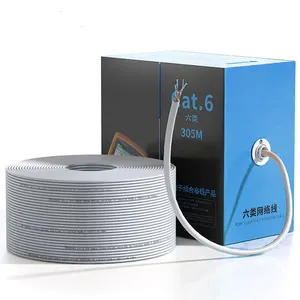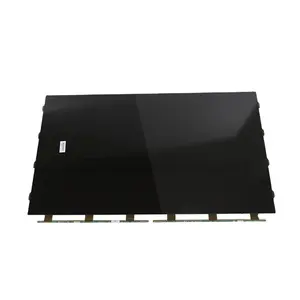Popular in your industry

















































































































































































































Top categories
About coiled bnc cable
Introduction to Coiled BNC Cables
Coiled BNC cables are a specialized type of cable commonly used in the transmission of video and RF signals. These cables are designed with a flexible, retractable coil that can extend and retract to varying lengths, providing versatility and ease of use in dynamic environments.
Design and Construction
The construction of a coiled BNC cable is tailored to maintain signal integrity even in the presence of external electromagnetic interference. The coiling of the cable allows for an expandable reach while ensuring the cable can return to a compact form, minimizing space usage and reducing the risk of tangling.
Types and Applications
There are various types of BNC cables, including the coiled sdi cable, which is specifically designed for professional audio and video applications. These cables are essential in broadcast studios and for setting up video surveillance systems, where they connect cameras to monitoring equipment.
Features and Materials
A coiled bnc cable typically features a copper conductor, dielectric insulation, and a robust shielding layer to prevent interference. The outer jacket material is designed to withstand environmental stress, making it suitable for both indoor and outdoor applications.
Advantages of Coiled BNC Cables
The retractable nature of coiled bnc cables offers significant advantages in terms of mobility and flexibility, allowing users to maintain a clutter-free environment. The durability of these cables is enhanced by their ability to resist kinks and physical stresses, which is particularly beneficial in mobile applications where cables are frequently moved or adjusted.
Choosing the Right Coiled BNC Cable
Selecting the appropriate coiled bnc cable for your needs involves considering the length, impedance, and shielding requirements of your specific application. It is crucial to ensure compatibility with the devices being connected to achieve optimal performance.














































